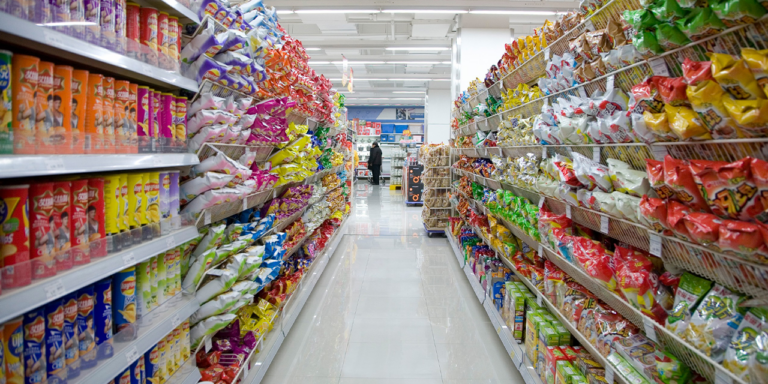Our previous blog post discussed the challenges that pharmacies face when managing prescription drug inventory. Pharmacies must be mindful that if an essential medication is not immediately available, a customer may go to a competitor, leading to lost sales and negative impacts on that location’s competitiveness.
However, pharmacies must do more than ensure that they always have appropriate inventory on hand—that’s just the first step. They must also be able to navigate the additional complexities of drug management, such as when a pharmacist substitutes a brand-name drug with a generic or fills a prescription with a newly “preferred” generic.
To ensure they can meet ongoing demand without pause and offer their customers exceptional service, pharmacies need an inventory management system that can account for substitutions and preferred-status changes and automatically adjust future replenishment orders.
How Substitutions Impact Drug Inventory Management
While all retailers want to maintain high availability, a single out-of-stock item doesn’t typically have an enormous impact. For example, when a customer in a grocery store wants a flavor of cereal not on the shelf, they can choose to buy another brand or flavor. If a customer shopping for a coffee table plans to buy from one brand, they may select another if what they want isn’t immediately available.
However, a pharmacist can’t simply substitute an in-stock product that is similar to a prescribed medication for one that is out of stock. When a drug is not available, the pharmacist will likely need to consult with the prescribing medical professional to determine which substitutions are and are not acceptable for the customer. A pharmacist may be able to substitute different package sizes, such as one pack of 100 capsules for two packs of 50 tablets of the identical medication.
While substitutions are sometimes necessary, they are better avoided. In any situation where pharmacies must replace an out-of-stock medication with one that is in stock, they need a reliable inventory management system that can account for the substitution and automatically adjust replenishment orders going forward.
High Availability Requires Careful Ordering and Fulfillment of Generic Drugs
Similarly, when multiple manufacturers are each making the same generic drug, pharmacies need to ensure that they are ordering their stock from the most appropriate company depending on current circumstances. While the substitution of one manufacturer’s generic for another may not be visible to the customer, similar inventory management issues can occur as with other substitutions, and the pharmacy still needs to ensure that they deliver a high level of customer service.
In some cases, government agencies or insurance companies may designate one manufacturer and the generic drug it produces as “preferred.” Preferred status indicates that the drug produced by that manufacturer will be subsidized or discounted for the pharmacy and/or end customer, while other manufacturers’ generics will not.
A preferred designation is not fixed and can change periodically, depending on local rules and regulations. In Sweden, for example, government entities share monthly updates about preferred generics for name-brand medications, while in Denmark, those entities share updates as often as every two weeks.
In other cases, several manufacturers of a generic could be considered preferred at the same time, or none may receive a preferred designation at all. It’s instead up to the pharmacy to determine the manufacturer from which to place an order based on factors like price and availability, which may change over time, or local parameters such as store sales or regional priority indicators.
However, demand for a drug typically will not fluctuate in response to any changes in the manufacturer that the pharmacy has ordered from. Customers who walk in with a prescription expect to be able to receive their order promptly from in-stock inventory, regardless of the source of that inventory.
This is why pharmacies must be able to configure their inventory management system to automatically recognize which manufacturer has been granted the preferred designation or to use established rules (relating to, for example, price or availability) to determine which manufacturer is the best supplier for an order. An advanced system can then transfer overall category demand or demand for the previously preferred product (based on historical sales data) to the newly preferred product.
Identify Demand at Both the Drug and Category Level for Success
To be successful, pharmacies need an inventory management system that can:
- Account for substitutions.
- Identify drug demand within a group of medications that contain the same active ingredient and have the same therapeutic benefit.
- Automate replenishment by transferring known demand within a category from one drug to another when orders are placed with different manufacturers, whether due to a change in preferred status or to account for pricing or availability issues.
With such an automated system in place, planners can shift their focus to higher-value activities that make better use of their time and expertise.
While prescription management is unique within retail, pharmacies share goals with other retailers: keep customers happy by allowing them to buy what they want when they want it and protect margins by avoiding overstock and spoilage. By taking advantage of intelligent technology to balance availability and capacity, pharmacies worldwide can be well equipped to support their customers and stay competitive in a constantly changing market.





